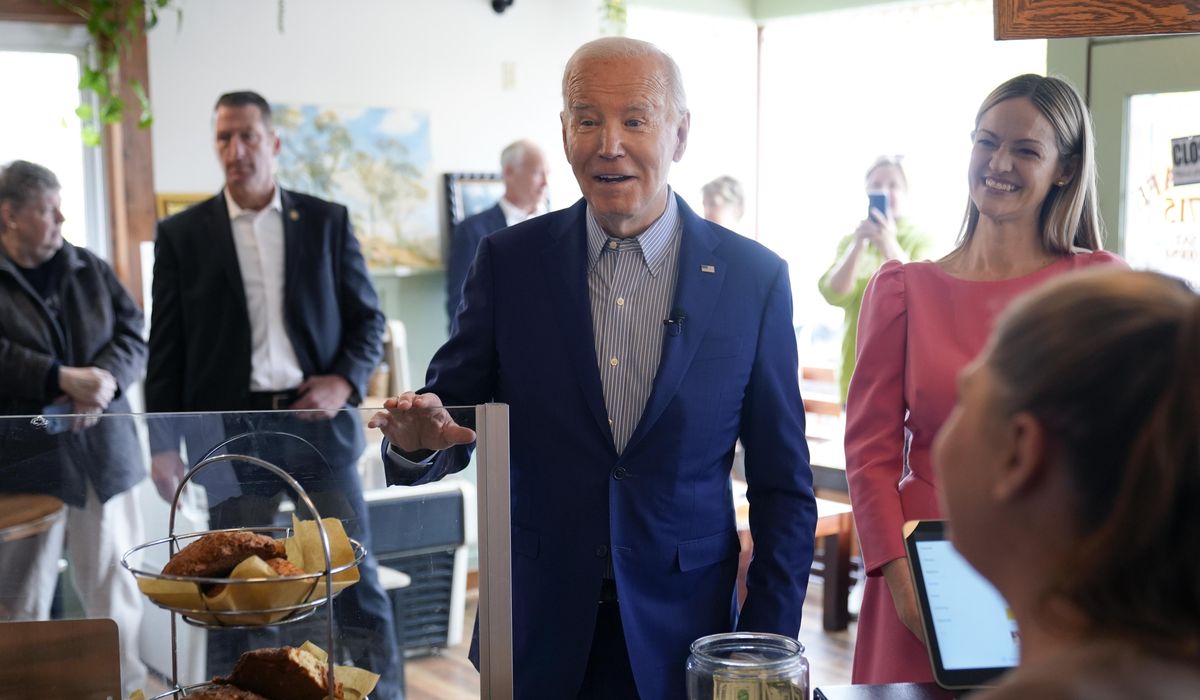Since the 1970s, the U.S. government repeatedly has imposed duties on steel imports to protect U.S. steel production and employment. As of January 2022, 311 orders were in force imposing punitive duties on imported iron and steel mill products that were found to have been subsidized or sold below cost in the U.S. market and threaten the U.S. industry. In 2018, the Trump Administration imposed a separate set of tariffs on steel imports from almost all countries on national security grounds; during the Biden Administration the United States subsequently reached agreements with the European Union, Japan, and the United Kingdom to suspend those tariffs on specified quantities of their exports. The United States also has made increased use of domestic preference laws to require that iron and steel used in many federal projects and projects funded by federal grants be produced in the United States.These measures and an expanding economy helped the domestic steel industry operate at 81.1% of rated capacity in 2021, the highest level since 2007. Domestic steel prices registered record highs throughout 2021 and remain high relative to prices abroad. High prices and the likelihood of greater demand due to the recently enacted Infrastructure Investment and Jobs Act (P.L. 117-58) have encouraged investments that are expected to add 8% to industry steelmaking capacity. However, they have not led to improved productivity; steel mill tonnage per employee has been generally flat for nearly two decades.Excess steelmaking capacity has been a long-standing concern for domestic producers. The Organisation of Economic Cooperation and Development estimated excess capacity globally to be approximately 625 million metric tons in 2020. The large majority of capacity is in China, which accounted for over half of global steel output in 2020, while the United States accounted for approximately 4%. The Biden Administration has sought to address excess capacity in negotiations with trading partners over U.S. import restrictions.
I'm fine with limiting imports to those that are not sold below cost.

 www.washingtontimes.com
www.washingtontimes.com

